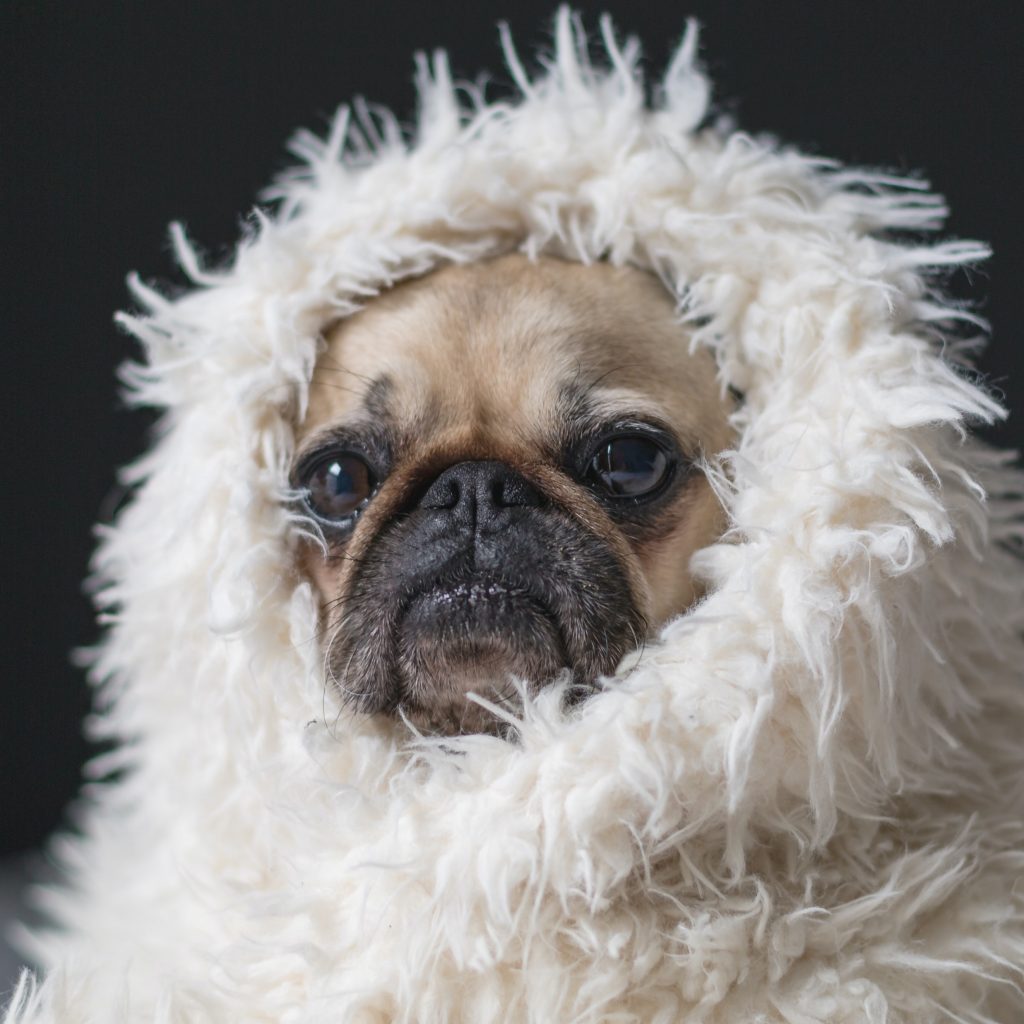If your Pug has an emergency, it is essential to get medical care immediately. The more time you waste, the more you have to suffer along with your Pug.
Cleaning of the Pug eye with saline solution. A saline solution should be without any preservatives.
Wash off the debris with saline solution carefully.
Get rid of Pug eye discharges by using a damp cotton pad.
Keep an eye on your Pug, and don’t let him come in contact with his eyes. This will help him in feeling less irritated.
Keep the eye out of reach of any direct heat in summers.
Compress the Pug eye with some small damp cloth; this will help in speedy recovery.
Alternately apply the compression on both Pug eyes. This will release any discomfort if your Pug is suffering from it.
Repeat the following steps regularly.
Taking your Pug to the vet for Pug eye problems is still the best option, whatever the situation is. Don’t use any medication without your vet’s permission. This could cause your Pug condition even worse.

